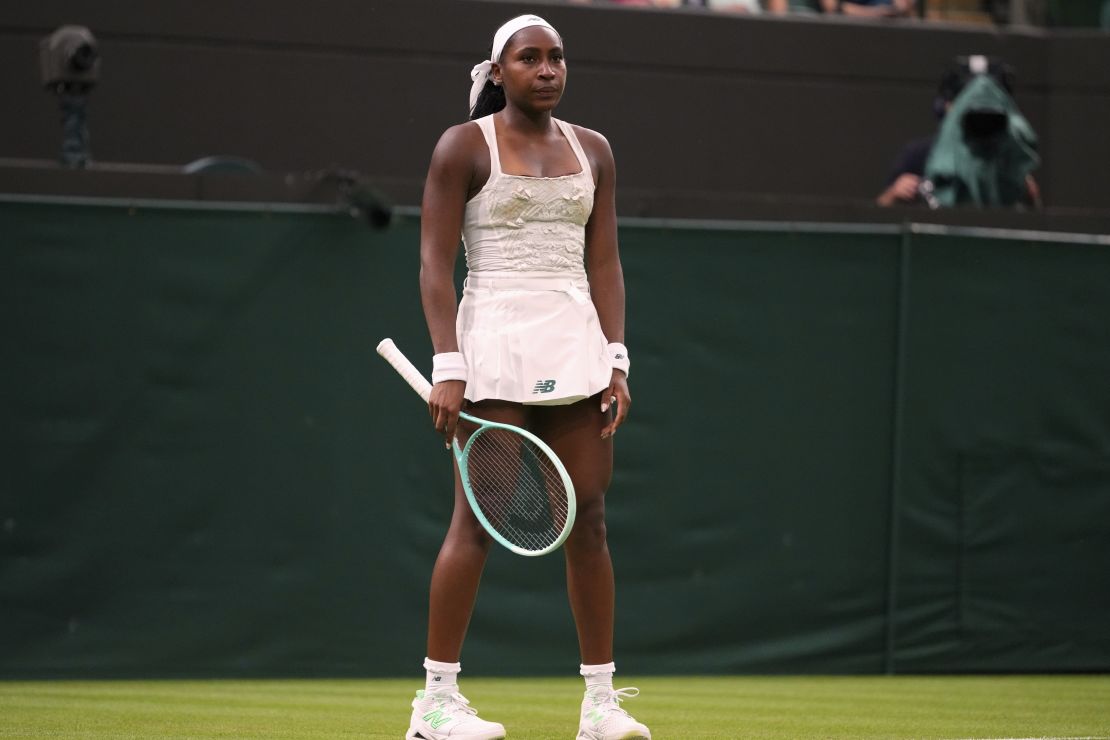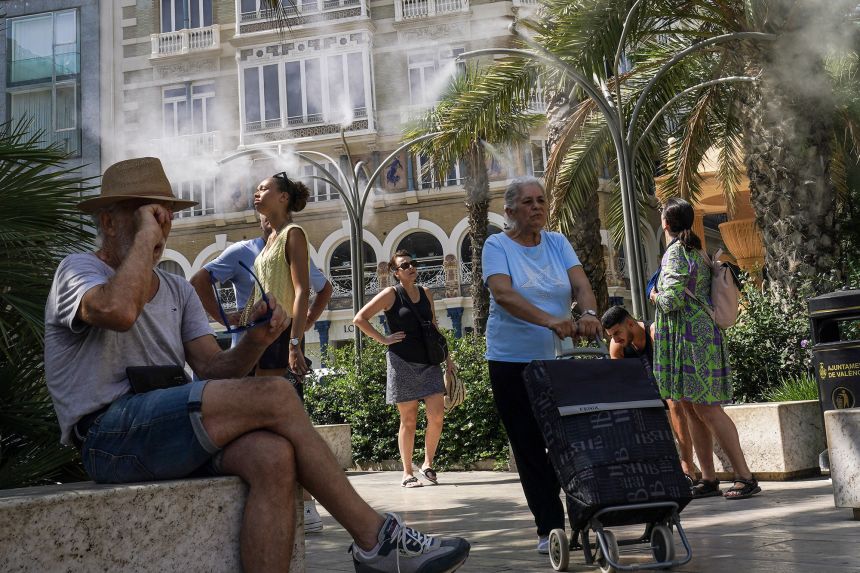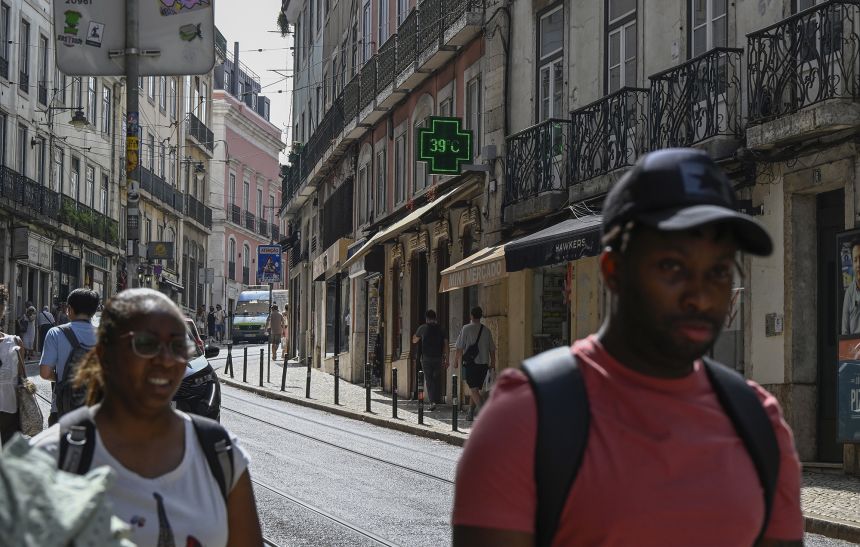CNN
—
World heavyweight boxing champion Oleksandr Usyk pleaded with US President Donald Trump in an interview with CNN Sports, asking the president to help Ukraine as it continues its fight against a full-scale Russian invasion.
“(President) Donald Trump, please open (your) eyes, help my people,” Usyk – arguably the biggest Ukrainian sports star – told CNN.
The WBC, WBA and WBO heavyweight champion went on to say he believes Trump needs to live up to his campaign promise of ending the war, after he promised to put an end to the conflict within 24 hours during the US presidential campaign.
“He should be responsible for the words he said,” Usyk said. “He said that in a month or a day, he would stop this war. He is not responsible for his words. Why does he speak?”
Usyk also invited the American president to visit Kyiv, offering to host him in his house so he could better understand what regular Ukrainians are going through every day and night, with barrage after barrage of drone and missile strikes.
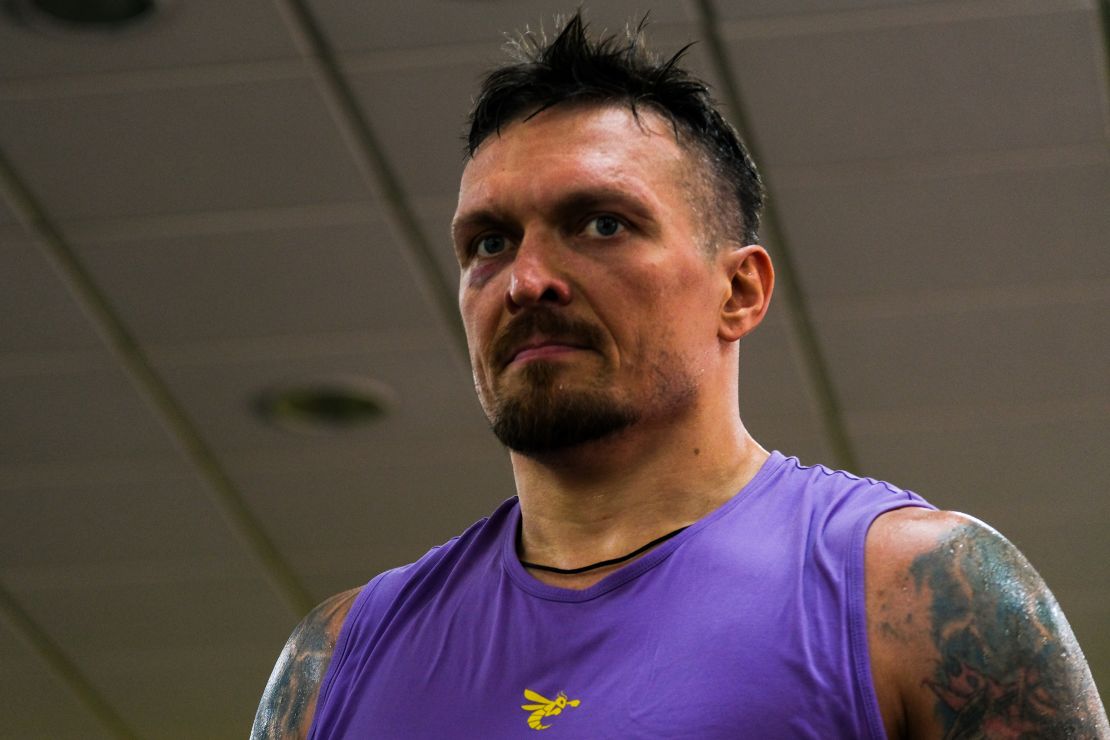
“I offer him my home. Let him come to Ukraine. I will give him my home and my security guards. I will ensure his complete safety,” Usyk told CNN Sports. “Let him live in my house for a week and see how rockets fly over it and how people live in Ukraine.
“Let him come and live for a week, not just one day, but let him come secretly so that no one knows he has arrived,” the heavyweight champion added, explaining that if Moscow knows he’s in the country, it will stop its attacks.
“And when he comes secretly, let him live somewhere in (the Kyiv districts of) Obolon or Troyeshchyna, where houses, residential buildings are being bombed. … Then he will understand what is happening.”
Born in Simferopol, Crimea, Usyk had been living in the outskirts of Kyiv but was outside the country in London shooting sequences for a video game when Russia launched its full-scale invasion of Ukraine in 2022. As Russian tanks closed in on Kyiv, he returned to his home nation, joining the Territorial Defense Forces defending the capital.
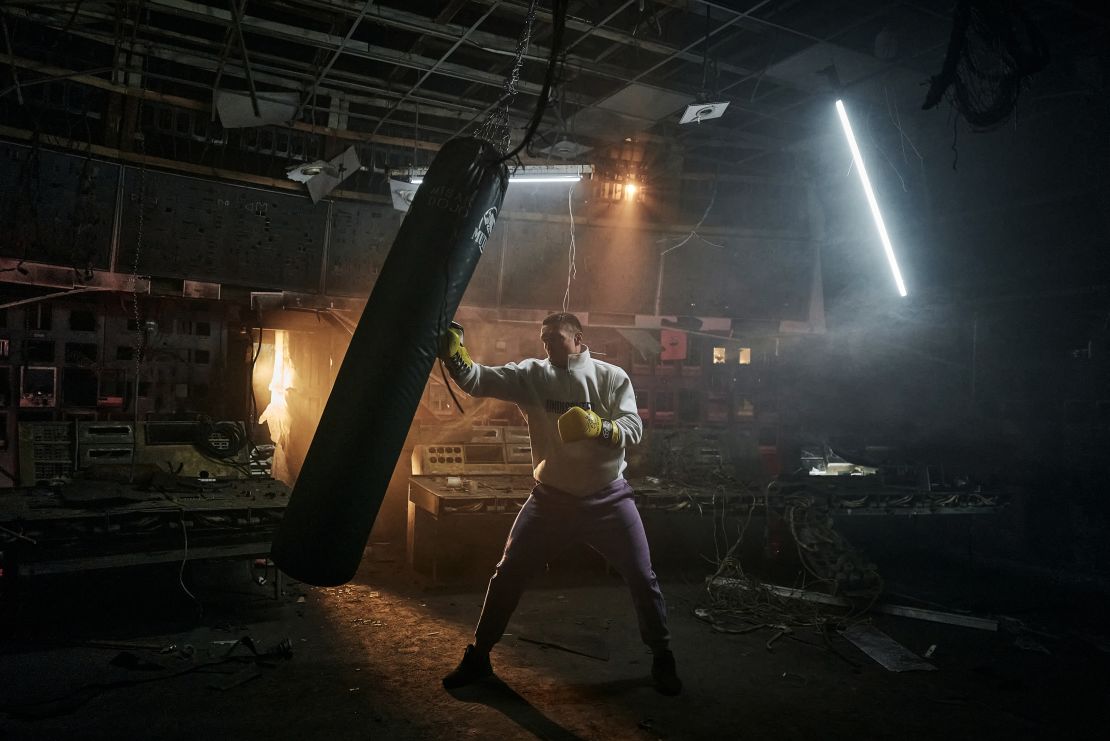
His family home in Vorzel was famously occupied and ransacked by Russian soldiers as they rampaged through the nearby suburbs of Hostomel, Irpin and Bucha, leaving mass graves and a trail of destruction in their wake.
Spurred on by the pleas of injured Ukrainian soldiers who urged him to “fight for the country,” Usyk has since resumed his professional boxing career, but has visited the frontlines on several occasions, maintaining close contact with his fellow soldiers.
But even as he prepares for a fight against Britain’s Daniel Dubois on July 19, which could see him become the undisputed heavyweight champion for a second time, Ukraine is very much at the forefront of his mind.
“It’s a little difficult to balance things when your family is in Kyiv,” he said, explaining that his wife and two daughters remain inside the country. “But I just know that my Ukrainian people and my Ukrainian soldiers will protect them.
“It’s difficult, but I can switch off to do my job, so that I can help my country more later on,” he said. “I am completely focused on the fight, on my preparation.”



